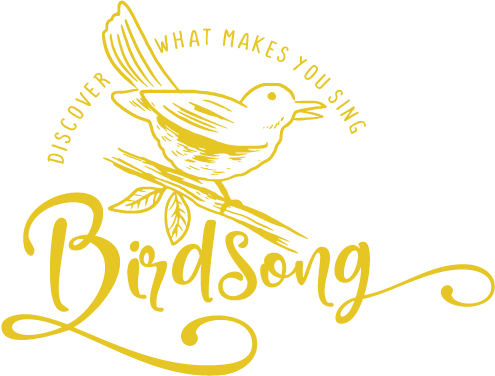The 50th Anniversary of “The Very Hungry Caterpillar” - By Eric Carle
“You, like the little caterpillar, will grow up, unfold your wings, and fly into the future.”
- Eric Carle
Exploring The Very Hungry Caterpillar
Book Summary:
When reading bedtime stories to small children, parents and grandparents look for something that the child can relate to and engage with. We also look for teachable moments. Bedtime is prime time for telling stories to bring comfort during the night and hope for the morning.
This is a great time for making sure our children have some time to reflect and dream - especially if the day was difficult. One of the most difficult times for both children and adults are times of change. What will the future hold? We don’t know.
But we DO know a little something about caterpillars. Caterpillars don’t really sit around hoping and dreaming for change. They basically munch the day away, feasting on whatever’s in front of them at the time.
“The Very Hungry Caterpillar” is a timeless book that makes some space for children to settle in for the night, and allows parents some opportunities to talk about the day…or perhaps NOT talk about the day.
This book is in it’s 50th year of print, and there’s no mystery as to why. It’s a classic, and there are many different ways it can appeal to both children and parents.
Since the book will be read over and over (and over) again, there’s plenty of opportunities to share lessons (or not) about the hungry little caterpillar! Either way, it’s an enjoyable book.
This book is in it’s 50th year of print, and there’s no mystery as to why. It’s a classic, and there are many different ways it can appeal to both children and parents.
3 Reasons Why Children (& Parents) Might Enjoy The Very Hungry Caterpillar:
1. The Message
In reality, many messages are in this one book. A child could learn about counting, days of the week, birth, fruits and vegetables, healthy eating habits, how caterpillars become butterflies, rebirth.
2. Children Enjoy Reading Along With You
“The Very Hungry Caterpillar” was one of my grandson’s favorite books. My daughter says the illustrations tell the story, and Logan quickly learned to associate the words with the pictures.
3. pulling The Meaning out with your children
Who would not appreciate the meaning? A poor (but cute) little bug munching his way through life, never really satisfied. Then one day he finally eats the food meant for him.
When he’s finally satisfied, he builds a house and sleeps until he wakes up with beautiful wings. Now he can fly.
Even if the child is too young to understand, us parents can appreciate the beautiful meaning of transformation and renewal.
Meaningful Conversation Starters:
You’re catching children at their most significant time. Right before bed kids are settling down and it’s one of the best times to talk to them and ask questions.
Ask your child, “What are you doing when you feel most happy? is that more like the caterpillar eating junk food or eating the leaf?”
do you feel better when you eat candy or an apple? What happened to the caterpillar when he candy? Was he SATISFIED?
When the caterpillar was eating the leaf, it was doing what it was meant to do. What do you think you’re really good at?
Deeper Thoughts:
Of course, this book is about transformation. If you think about it, children experience some kind of transformation on the regular. To a small child, almost everything is new.
Vacations mean new bedtime rituals and new surroundings, thunderstorms can bring curiosity or fear, moving from the crib to the “big bed” means either freedom or loss, going to preschool can be exciting or filled with apprehension.
In all cases, it’s the unknown that our brave little ones face as they learn how to do life.
When choosing a book for small children, it’s good to find an author who writes his books with intention and compassion. Eric Carle is such an author.
In the author section on Amazon Carle says,
"The unknown often brings fear with it. In my books I try to counteract this fear, to replace it with a positive message. I believe that children are naturally creative and eager to learn. I want to show them that learning is really both fascinating and fun."






